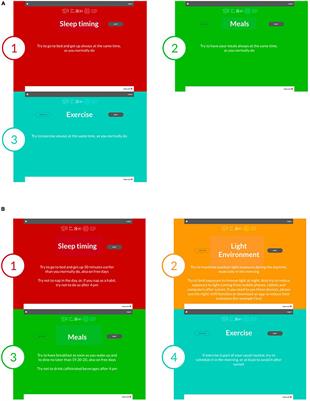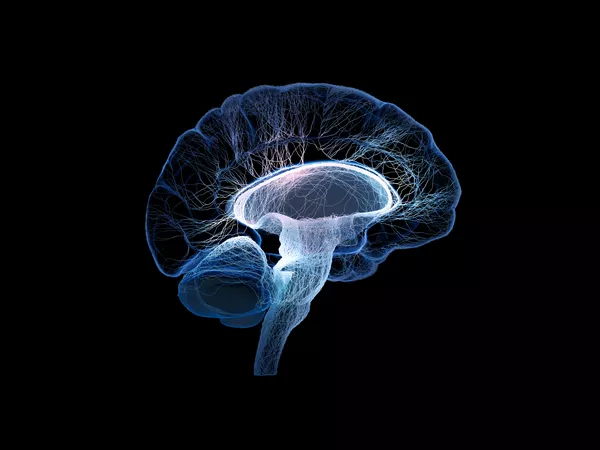EDITORIAL
Published on 31 Jul 2023
Editorial: Smart mobile data collection in the context of neuroscience, volume II
doi 10.3389/fnins.2023.1259632
- 910 views
5,011
Total downloads
19k
Total views and downloads
EDITORIAL
Published on 31 Jul 2023
ORIGINAL RESEARCH
Published on 15 Jun 2023
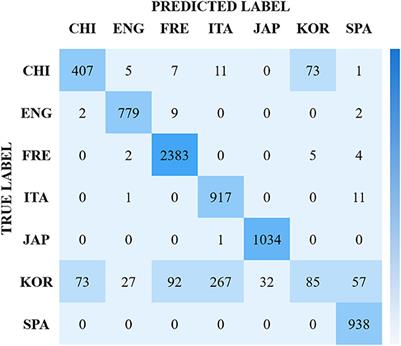
STUDY PROTOCOL
Published on 13 Oct 2022
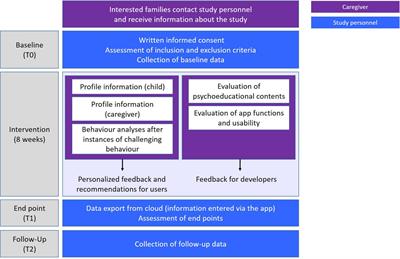
TECHNOLOGY AND CODE
Published on 15 Sep 2022

ORIGINAL RESEARCH
Published on 05 Jul 2022
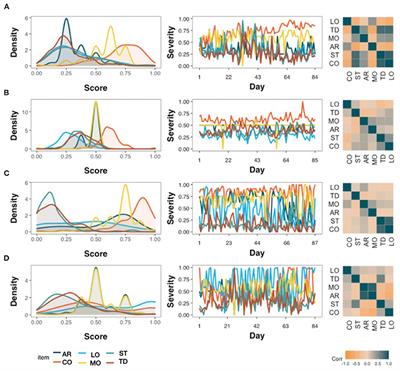
ORIGINAL RESEARCH
Published on 14 Apr 2022
